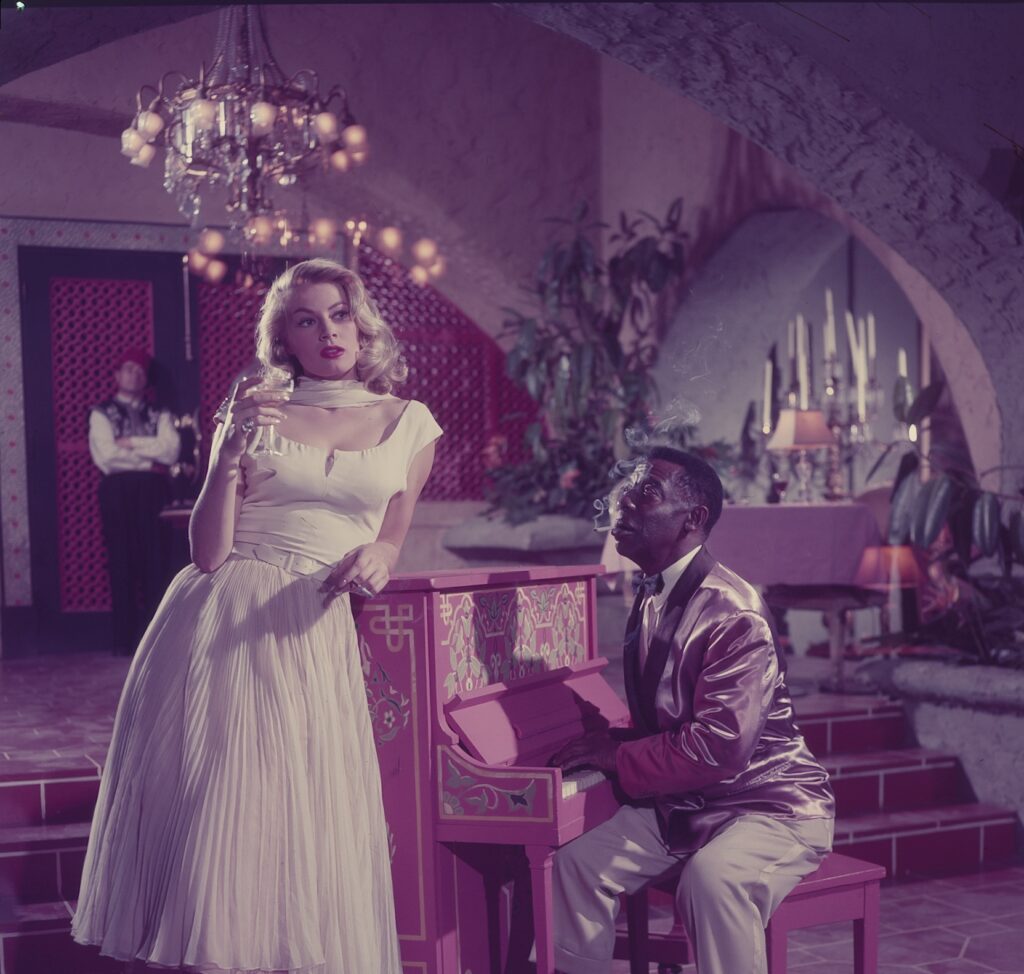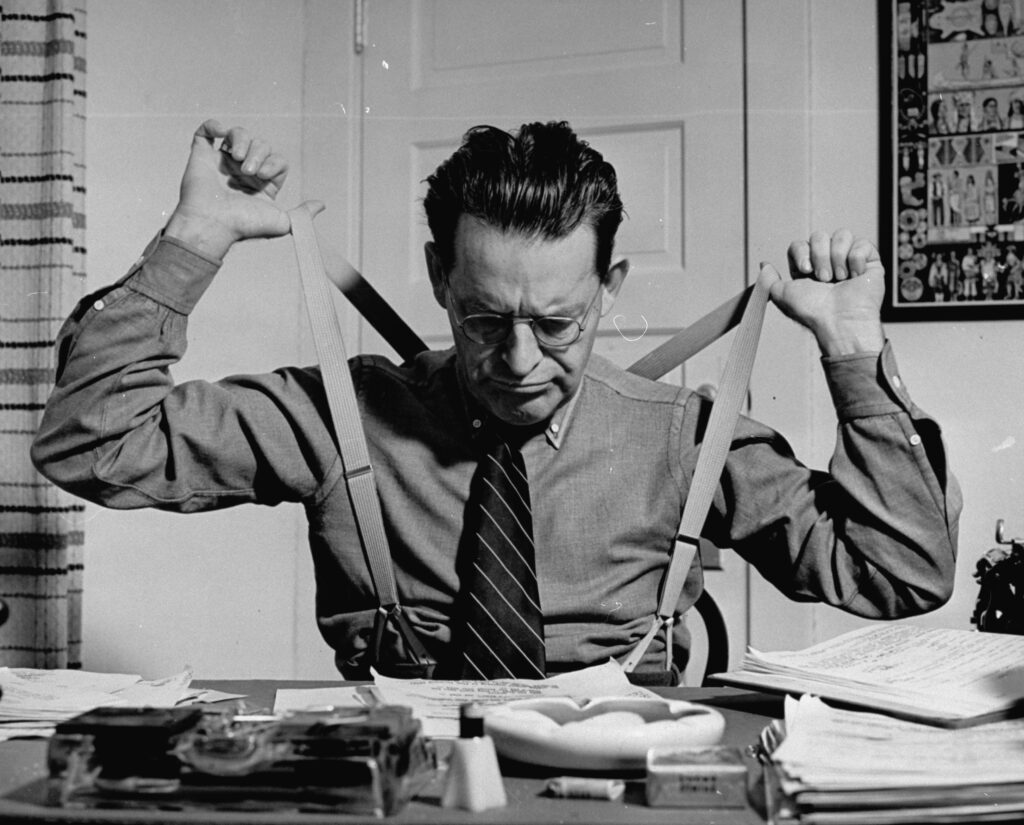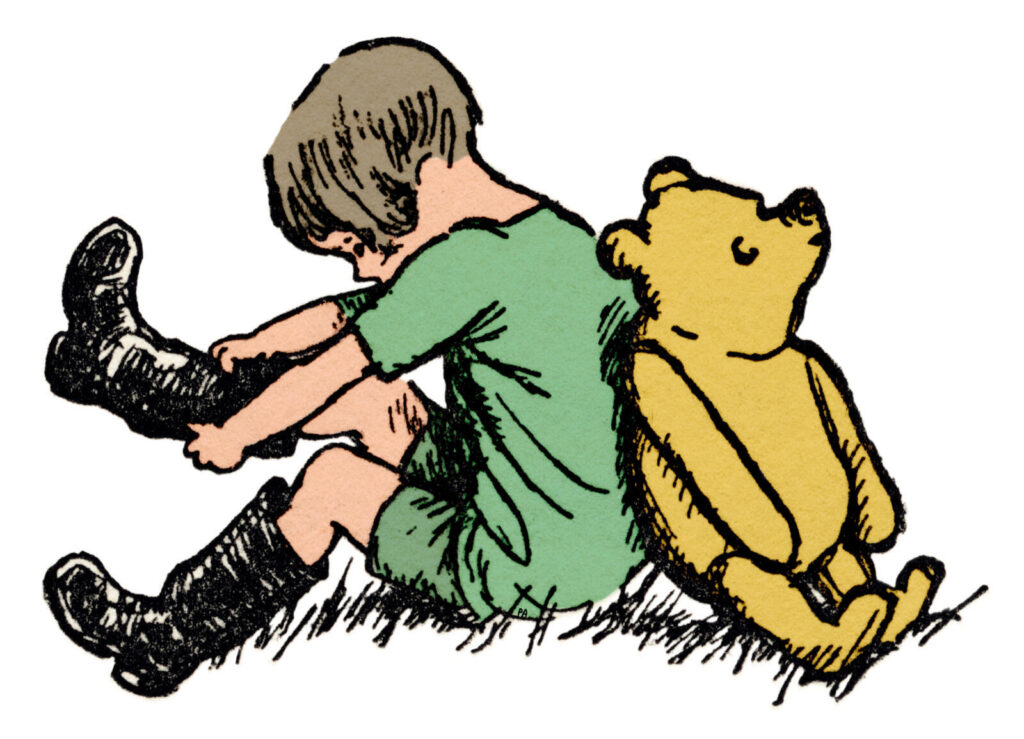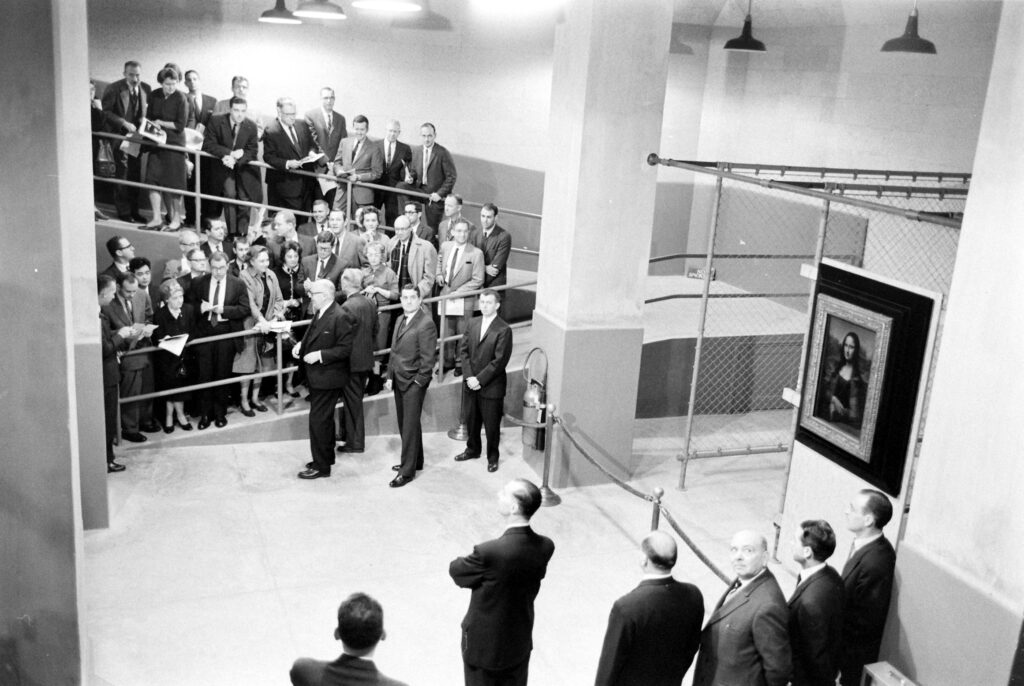The following is taken from LIFE’s special issue on Van Halen, and recalls the before-and-after moment in the band’s history when Sammy Hagar took over for David Lee Roth as lead singer on the 1986 album, 5150
There was never more anticipation (or trepidation) for a Van Halen album than for 5150. On the heels of the exhilarating 1984, David Lee Roth—Diamond Dave, Captain Dave, C’mon Dave gimme a break, can’t-crow-before-I’m-out-of-the-woods Dave—yes, David Lee Roth, had quit the band. And in his place strode the chosen (by Eddie) interloper Sammy Hagar, with a history of hits that ranged from the unbearable “I Can’t Drive 55” to the more plausible and far more engaging “I’ll Fall in Love Again.” For all of his solo success, Hagar, in Van Halen, remained a covered dish. What would the songs sound like? What would this be?
5150 arrived more than two years after 1984, an eon in Van Halen album terms, and it went platinum in a week. Lifted by a string of crowd-pleasers—”Why Can’t This Be Love,” “Dreams,” “Love Walks In”—the record soared to No. 1 on the Billboard charts and held for nearly a month. The musicianship was exceptional, of course, and the melodies were sweet and inhabiting, having been conceived in Eddie’s mind and touched by his gilded hands. Yet there was a sameness to the elements. The drums, bass, guitar, keyboards, and voice all seemed made of the same gleaming stuff. As if the entire album had been dipped in silver polish. Gone was the natural feeling, the scruffy immediacy that made you feel as if the band had plugged their Marshalls into the wall sockets and were jamming in your living room. This felt more proficient, cleaner, set apart.
Along with the hits, the album yielded a real kegger in “Summer Nights” as well as the best song that Van Halen–with-Hagar would ever produce. The title track, “5150,” included a gorgeous scattering guitar run, thumping drums, and a chorus that delivers the richest vocals, either guy, in the Van Halen catalog—from “Always one more” to “what that means,” it’s a rousing from-the-guts callout made all the riper for being a love missive to a recording studio.
It’s not at all tenable to say that a band that would go on to make an album titled For Unlawful Carnal Knowledge had grown up. But it did feel that way. Hagar was so earnest, where Dave had been jaunty. With 5150 it suddenly became apparent that being in Van Halen was serious business. Until then, we’d thought, they were just having fun.
Here is a selection of photos from LIFE’s special issue on Van Halen, available at newsstands and on Amazon.

Cover photo by Mark “WEISSGGUY” Weiss

David Lee Roth showed off his flair for going airborne while guitarist Eddie Van Halen shredded in the background during a show at the Rainbow in Finsbury Park, London on October 22, 1978.
Photo by Fin Costello/Redferns

Eddie Van Halen, David Lee Roth, Alex Van Halen and Michael Anthony of Van Halen in October 1978.
Photo by Andre Csillag

David Lee Roth and Eddie Van Halen were in total harmony at the International Amphitheater in Chicago on October 11, 1981.
Photo by Paul Natkin

Van Halen, featuing (l-r) new lead singer Sammy Hagar, Eddie Van Halen and Michael Anthony, performed at the Brendan Byrne Arena in East Rutherford, New Jersey on August 1, 1986.
Photo by Ebet Roberts/Redferns

Michael Anthony, Alex Van Halen, Eddie Van Halen and Sammy Hagar, June 1, 1986.
DMI/Time Life Pictures/Shutterstock

Michael Anthony (left) and Sammy Hagar of Van Halen performed at the Metro Center in Rockford, Illinois, March 16, 1986.
Photo by Paul Natkin

Sammy Hagar and Eddie Van Halen, New York, 1986.
Ebet Roberts/Redferns

Eddie Van Halen, 1994.
Lorne Resnick/Redferns

Van Halen, featuring (left to right) Michael Anthony, Sammy Hagar, Alex Van Halen, and Eddie Van Halen, rocked the Target Center in Minneapolis on July 30, 1995.
Photo by Jim Steinfeldt/Michael Ochs Archives

David Lee Roth and Eddie Van Halen were reunited, short-haired and on tour in 2007, performing at the Bobcats Arena in Charlotte, North Carolina.
Kevin Mazur/WireImage

























































































